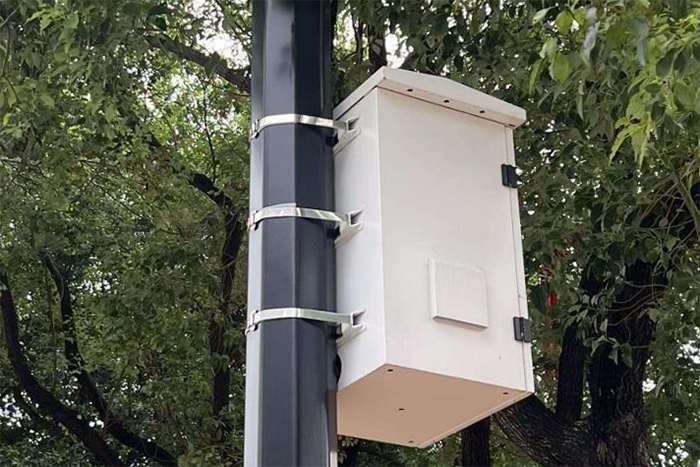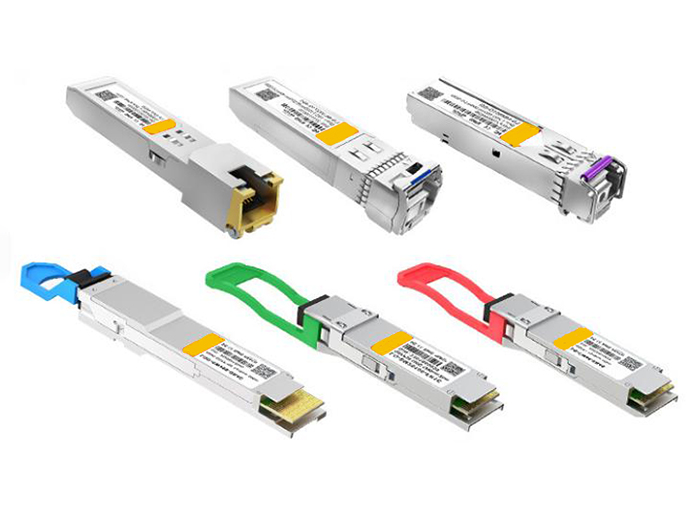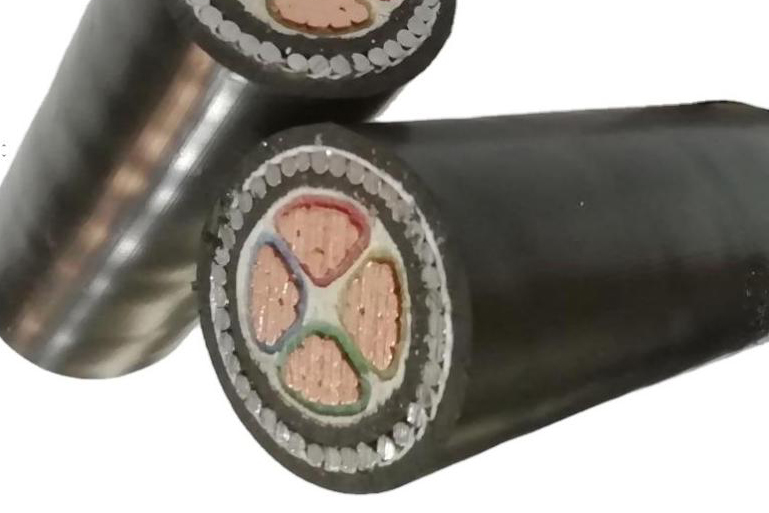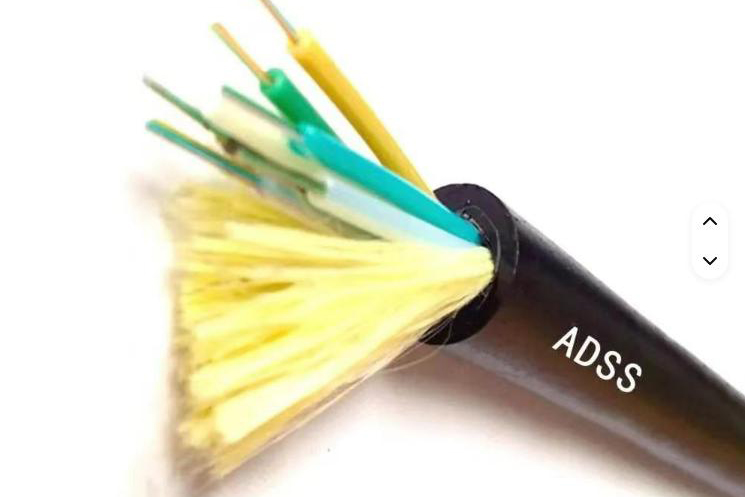
Simplex vs. Duplex Fiber Optic Cables: A Comprehensive Guide
Fiber optic cables are important in modern communication systems. From internet connections to telecommunication networks, they are the backbone of data transmission. Two common types of fiber optic cables you’ll often encounter are simplex and duplex cables. While they may seem similar at first glance, there’s a key difference between the two that can impact how your network operates. Let’s dive into what sets them apart and when to use each.
What Are Fiber Optic Cables?
Before we get into the specifics of simplex and duplex cables, let's take a quick refresher on fiber optics in general.
Fiber optic cables are designed to transmit data using light signals. This makes them vastly superior to traditional copper cables in terms of speed, distance, and bandwidth. They’re less prone to electromagnetic interference and can carry data over long distances with minimal signal loss. The two most common types of fiber optic cables are single-mode and multimode, but within those categories, you’ll find variations like simplex and duplex.
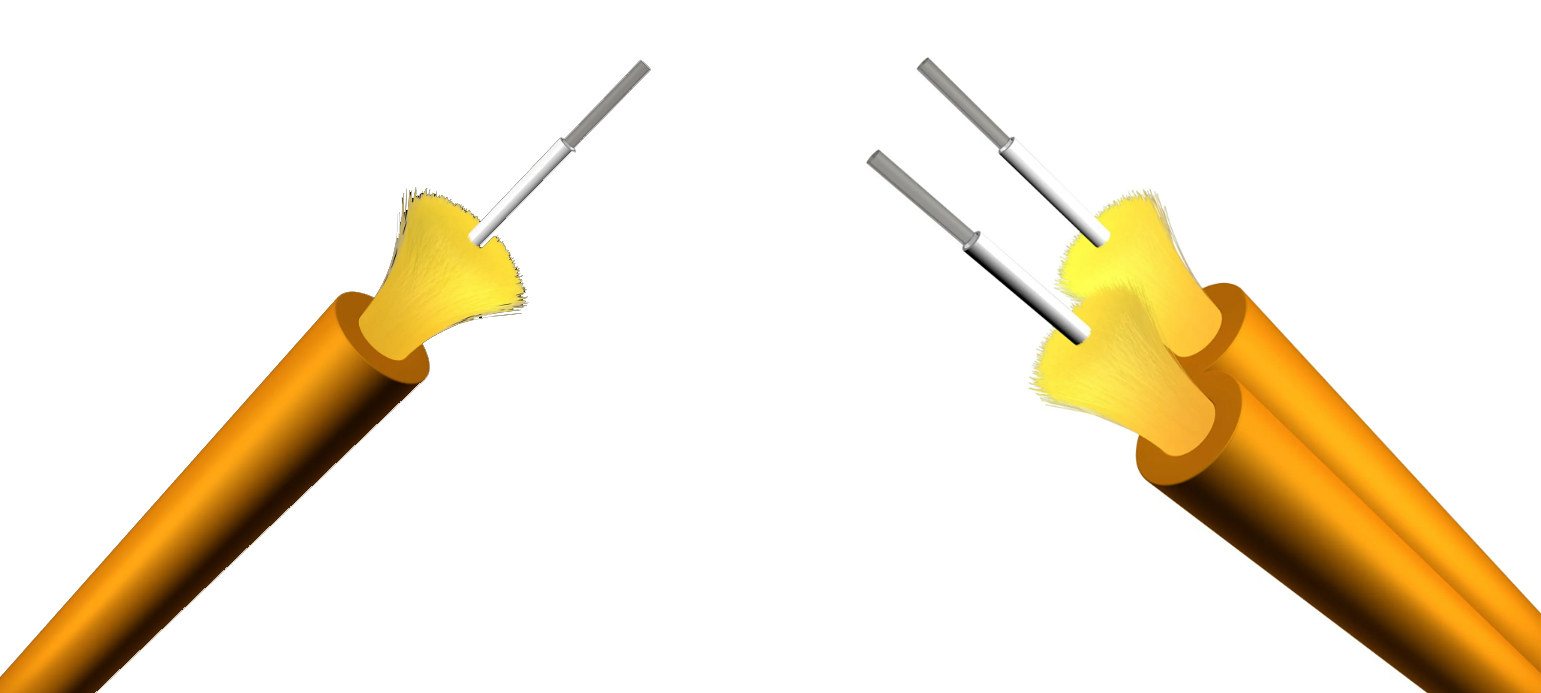
Simplex Fiber Optic Cables: One-Way Transmission
A simplex fiber optic cable is the most basic configuration. It consists of a single strand of fiber inside a protective outer jacket. The key feature of simplex fiber is that it only allows for one-way data transmission. Data flows in only one direction — from the sender to the receiver — and there’s no way for data to go the other way.
Think of it like a one-way street: data travels in one direction, and that’s it. Simplex cables are great for applications that don’t require two-way communication, like a keyboard sending signals to a computer or a sensor sending data to a monitoring system.
Why Use Simplex Cables?
-
Cost-effective: Simplex cables are simpler and often cheaper because they only have one strand of fiber.
-
One-way communication: Best for applications where data only needs to be transmitted in one direction.
-
Applications: Digital readouts, security cameras, and sensor systems.
Simplex cables are available in both single-mode (for long distances) and multimode (for shorter distances) varieties, depending on your specific needs.
Duplex Fiber Optic Cables: Two-Way Transmission
Now, duplex fiber optic cables are a whole different beast. These cables consist of two strands of fiber, which allow for two-way data transmission. This means that one strand sends data in one direction, while the other sends data in the opposite direction. This two-way communication is what makes duplex cables a staple in networking, telecommunication, and high-performance computing.
For example, in a telephone system, the user can speak while also listening at the same time — that’s the magic of duplex communication. Duplex cables allow for simultaneous bi-directional data transfer.
Why Use Duplex Cables?
-
Two-way communication: Essential for systems that require simultaneous sending and receiving of data.
-
More complex structure: Duplex cables are made up of two fibers, which are usually encased in a single jacket.
-
Applications: Used in devices like fiber switches, routers, and telecommunication systems where continuous communication is needed.
Just like simplex cables, duplex cables are also available in both single-mode and multimode options, so they can handle long-distance or short-range communications, depending on your requirements.
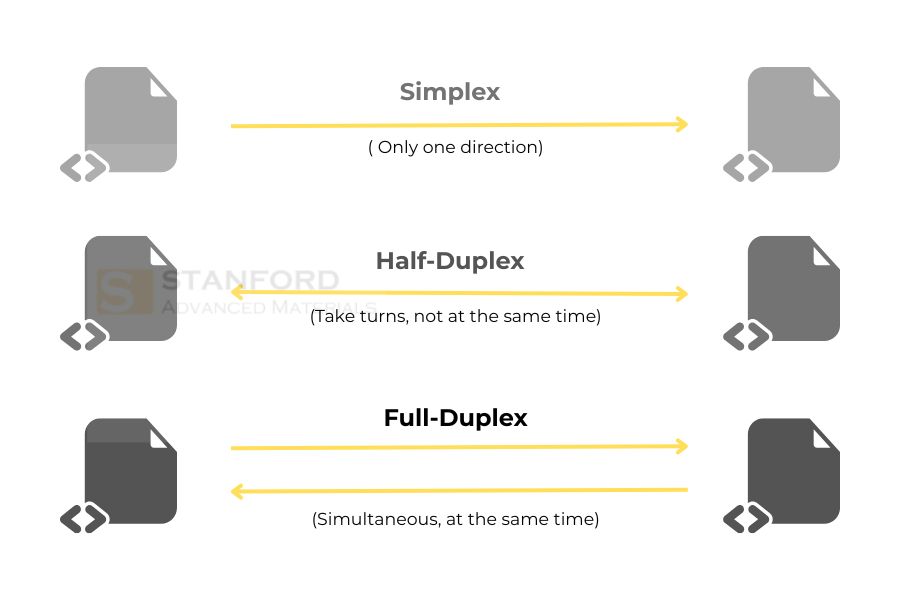
Half Duplex vs. Full Duplex
When discussing duplex cables, you might come across the terms half duplex and full duplex. These refer to the type of data transmission that occurs in duplex systems.
-
Half Duplex:
-
Data can be transmitted in both directions, but not at the same time.
-
Think of a walkie-talkie — only one person can talk at a time.
-
Example: Two-way radios, older phone systems.
-
-
Full Duplex:
-
Data is transmitted in both directions simultaneously.
-
This allows for real-time, uninterrupted communication.
-
Example: Modern telephone systems, IP-based voice services, or high-speed fiber networks.
-
So, while both half and full duplex allow two-way communication, full duplex is the one you’ll need for systems that require uninterrupted, real-time communication, like video conferencing or high-performance data transmission.
How to Choose?
The decision between simplex and duplex comes down to the type of communication your application requires.
-
Choose Simplex if:
-
You only need one-way communication.
-
The application doesn’t require two-way interaction (e.g., sensors, monitoring systems).
-
Cost is a major consideration, as simplex cables are typically more affordable.
-
-
Choose Duplex if:
-
You need to send and receive data simultaneously.
-
Your application involves more complex communication, like networking or telecommunication.
-
You’re dealing with devices that need constant two-way communication, like routers or servers.
-
Here’s a quick comparison to highlight the main differences:
| Feature | Simplex Fiber Optic Cable | Duplex Fiber Optic Cable |
|---|---|---|
| Data Direction | One-way transmission (single strand) | Two-way simultaneous transmission (two strands) |
| Fiber Count | 1 strand of fiber | 2 strands of fiber |
| Core Diameter | Narrow (single-mode: 8-10 microns, multimode: 50 or 62.5 microns) | Similar (single-mode: 8-10 microns, multimode: 50 or 62.5 microns) |
| Common Uses | Alarm systems, remote sensors, data loggers | IP telephony, network switches, data centers |
| Cost | Less expensive | More expensive due to added fiber |
| Transmission | One-way signal flow only | Two-way signal flow (full duplex) |
Conclusion
Simplex and duplex fiber optic cables each serve their own purpose. While simplex cables are ideal for one-way data transmission, duplex cables enable the essential two-way communication required by most modern networks. Choosing the right cable for your specific needs can help ensure that your network runs smoothly and efficiently.
At Stanford Optics, we offer a wide range of fiber optic cables, including both simplex and duplex options, to meet your project’s demands. Whether you're setting up a network, building a telecommunication system, or designing a monitoring system, we’ve got the right cable for you.
Feel free to reach out if you need help selecting the perfect fiber optic cable for your needs. With over 8 years of experience, I’m always here to help you make the most informed decision.

